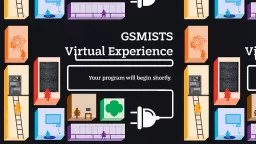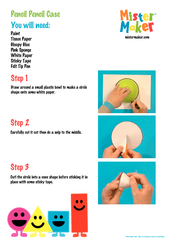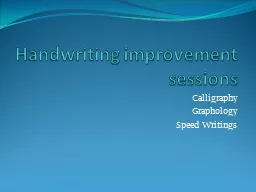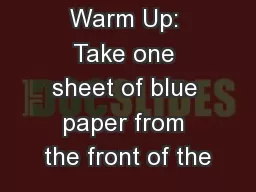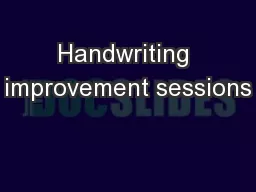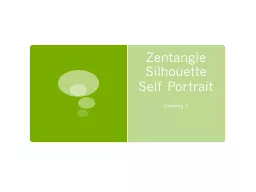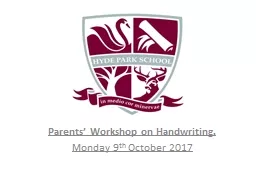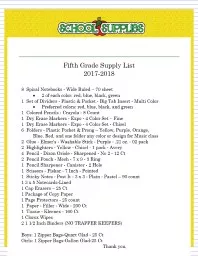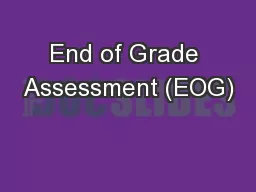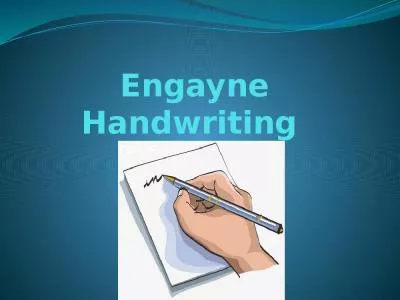PPT-Materials : Paper Pencil
Author : yvonne | Published Date : 2022-06-28
Transparent Tape Junior Detective 5 Things well do for this badge Practice the power of observation Communicate in code Fingerprint for fun Try out some detective
Presentation Embed Code
Download Presentation
Download Presentation The PPT/PDF document "Materials : Paper Pencil" is the property of its rightful owner. Permission is granted to download and print the materials on this website for personal, non-commercial use only, and to display it on your personal computer provided you do not modify the materials and that you retain all copyright notices contained in the materials. By downloading content from our website, you accept the terms of this agreement.
Materials : Paper Pencil: Transcript
Download Rules Of Document
"Materials : Paper Pencil"The content belongs to its owner. You may download and print it for personal use, without modification, and keep all copyright notices. By downloading, you agree to these terms.
Related Documents

